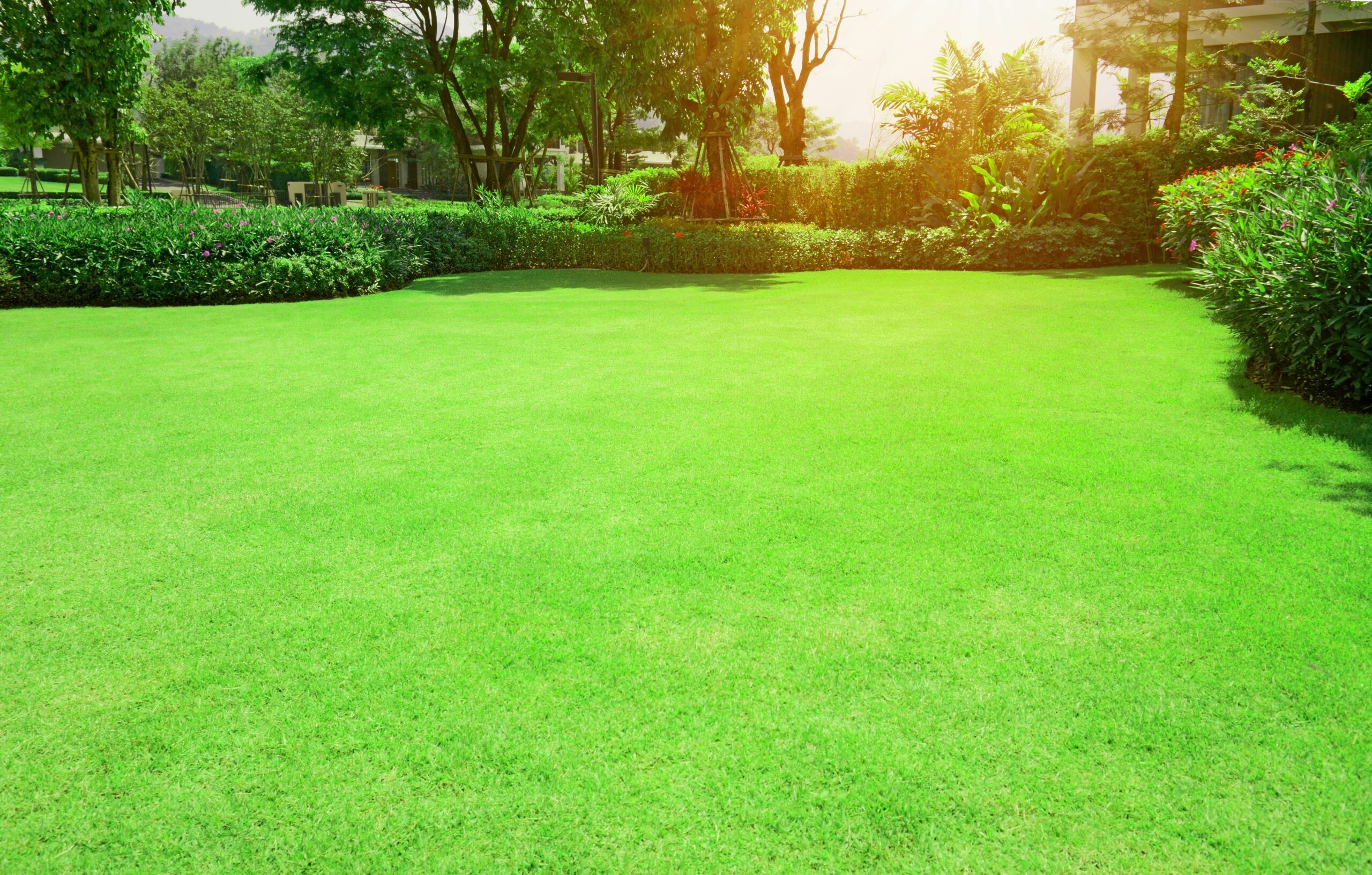Everyone wants to have an attractive lush lawn to make any home look lovely. Many homeowners are often confused when choosing the right type of grass for their garden. Choosing between Bermuda or St Augustine grass is often the subject of much debate.
Bermuda Grass is harder wearing and widely used for commercial purposes. St Augustine Grass is softer to the touch and given more to residential purposes. Both are extremely popular grasses with differences that will help you make the right choice for your situation.
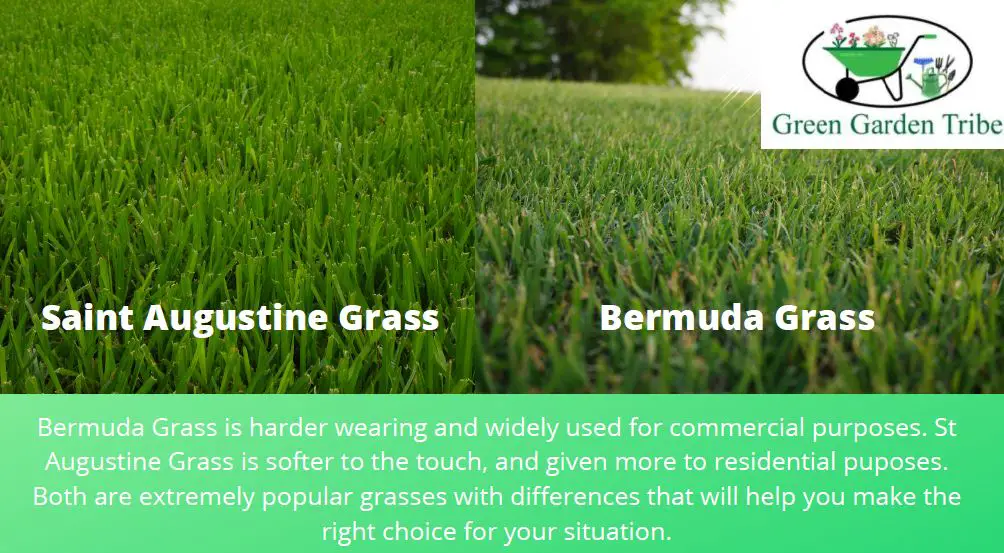
Bermuda and St Augustine grass are splendid warm-season lawn grasses. Some homeowners and gardeners choose to sod or seed one of them, while others choose to mix both types of turfgrasses.
One main difference between these two turf types of grass is, that Bermuda grass is often grown more for commercial purposes ie. golf courses – although there are many homes that use it for their lawns. Whereas St Augustine is mainly used for private residential purposes – the family lawn.
What is Bermuda Grass?
Bermuda grass thrives in many countries around the world, including Argentina, India, and South Africa. It was documented in the United States as a common grass two centuries ago in the country’s southern region.
What is St Augustine Grass?
St Augustine is a perennial grass abundant in lagoons, swamps, marshes, and sandy beaches. Prevalent in Florida and other warm-season states, it’s the most widely used warm-season grass in the southern regions of the United States.
Bermuda Grass vs St Augustine Grass
If you are having difficulty choosing between Bermuda and St. Agustine grasses, here are some of their significant differences. Understanding the characteristics of each of these grasses will help you pick the best one for your lawn.
1. USDA Hardiness Zone
Bermuda grass performs well in zones 7, 8, 9, and 10.
St Augustine does well in zones 8 through 10.
Bermuda Grass is your best choice if you live in parts of Central California, North Carolina, Tennessee, Arkansas, or Oklahoma. If you live in the warm coastal areas, St Augustine is a good choice
Bermuda Grass is more tolerant to the intermittent breaks of cold weather.
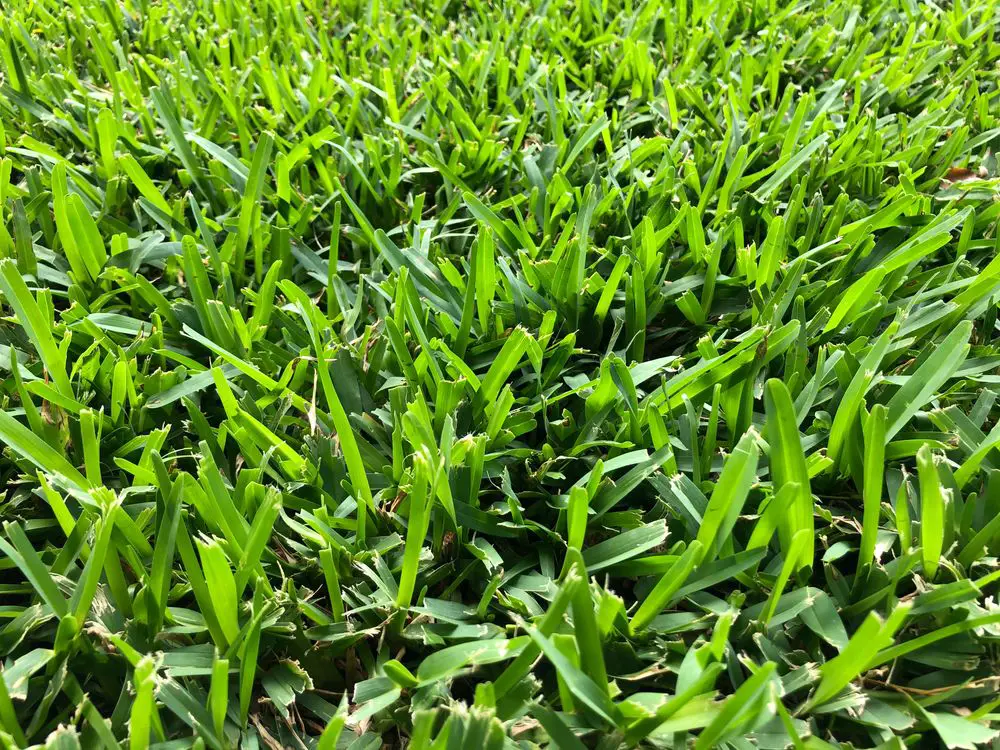
2. Appearance
Stems and Leaves
Bermuda grass has stems with spikelets borne in 4 or 5 thin spikes at the tip, and short and flat leaves.
St. Agustine grass has large and flat stems, as well as broad and coarse leaves.
Color
Different cultivars of Bermuda grass and St Augustine grass are bred to have different colors.
No two Bermuda cultivars come in the same color. For example, Bermuda grasses come in a dark green color while the others are in deep blue-green. Here are some Bermuda grass cultivars and their colors:
Latitude 36 Bermudagrass – Dark Green
Celebration Bermudagrass – Deep Blue-Green
Tifway 419 Bermudagrass – Blue-Green
NorthBridge Bermudagrass – Bright Green
Discovery Bermudagrass – Dark Blue-Green
Some St Augustine grasses are deep blue-green and there are some in medium green and red stolons. Here are some St Augustine cultivars and their colors:
Floratam St Augustine – Medium Green
Palmetto St Augustine – Emerald Green
Raleigh St Augustine – Medium Green
CitraBlue St Augustine – Deep Blue-Green
Texture and Blade Width
The easiest way to differentiate Bermuda St Augustine grass is through their blade widths and textures.
Bermuda grass has a blade width of 1.5 – 1.7 mm. and has a soft feel to the touch. Many homeowners love Bermuda grass because its appearance resembles that of a sports field or a golf course. It has a soft feel.
St Augustine’s blade width is 8 – 9 mm. It has a coarse feel. Homeowners who prefer their grass to have thick blades go for Augustines. It comes with a coarse texture.
3. Grass Identification
Bermuda grass (Cynodon dactylon) comes with short blades, gray-green leaves, and a deep root system. Their flat stems can be as tall as 30 cm. when erect.
When the nodes of the Bermuda grass get in contact with the ground, the grass grows and spreads laterally to sprout new shoots and leaves.
St Augustine grass ((Stenotaphrum secundatum) is ideal for tropical and sub-tropical areas. This grass will thrive well in coastal regions because they love the heat and warmth and don’t do well in the cool areas.
4. Soil Conditions
Bermuda grass and St Augustine grass can grow in a wide variety of soil types.
Bermuda grass needs about one to four pounds of nitrogen for every 1,000 square foot of lawn per year. St Augustine needs three to six pounds for the same area.
Bermuda grass thrives on heavy clays to deep sand soils with a pH level of 6.5 – 8.0, while St Augustine grows best at 65.0 – 8.5 pH. Augustines also need well-draining soil to grow and thrive well.
Bermuda grass frequently needs a top dressing of compost, while St Augustine needs much richer soil. It also tolerates both alkaline and acidic soil conditions. It can also tolerate saline soils.
St Augustine is highly resilient to loamy or sandy soils and salty conditions, making it a good choice for coastal areas with poor topsoil conditions.
5. Sun and Shade
Bermuda grass requires direct sunlight all day long. Less sunlight will slow down its growth because of reduced photosynthesis. Bermuda grass will never thrive in shaded areas.
St Augustine can grow and thrive when exposed to direct sunlight for at least 5 hours a day and in a shaded area. It will do better than Bermuda grass in low-light areas. It can thrive in shady areas better than Bermuda grass.
6. Temperature and Weather Requirements
Bermuda and St Augustine grass will not both thrive in temperatures less than 600F.
The advantage of Bermuda grass over St Augustine grass is, it does not need moisture during its inactive or dormant period (from mid-November through mid-March). During drought or dormant months, this type of grass fends pests and diseases with ease.
St Augustine grass also has better tolerance to the weather than Bermuda grass. When this type of grass is stressed, it becomes prone to pests and diseases.
7. Water Requirements
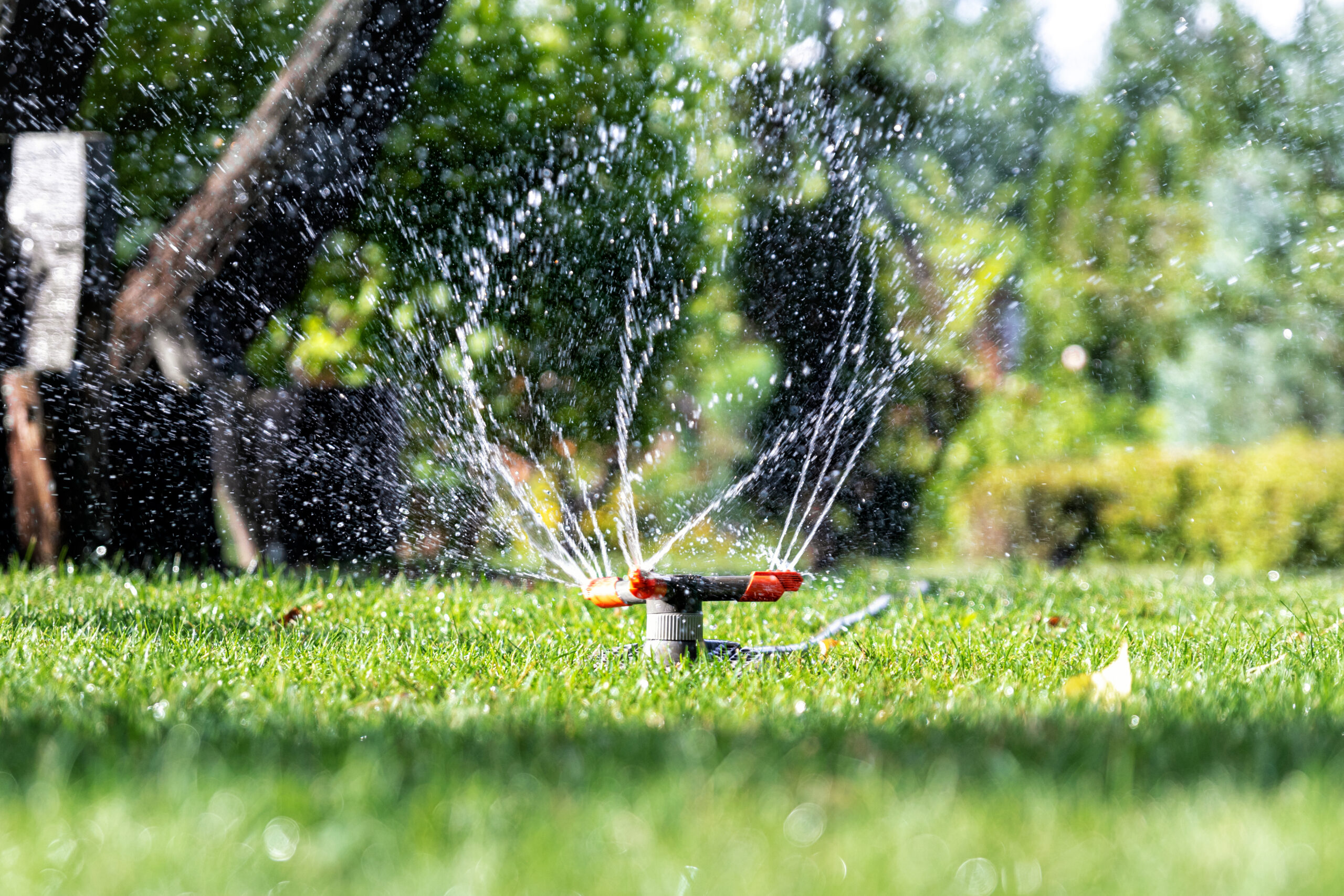
Water consumption is a top priority with the changing weather conditions.
Bermuda grass is, without a doubt, your best option if you want to conserve water or have lesser watering schedules. Bermuda grass needs to be watered three times a week during summer. It can go without watering when it goes dormant in winter.
St Augustine grass has twice the water needs of Bermuda grass. While this is not a significant concern, you will spend more on water costs with this type of grass.
In short, Bermuda grass is drought-resistant and can tolerate the hot weather during summer even without water. St Augustine will need plenty of water to thrive during summer.
8. Fertilizer Requirements
Overseeded Bermuda grass should be fertilized twice a year – December and February.
Fertilize your St Augustine grass every two months. If you are using slow-release nitrogen fertilizer, you need to fertilize the grass every ten weeks.
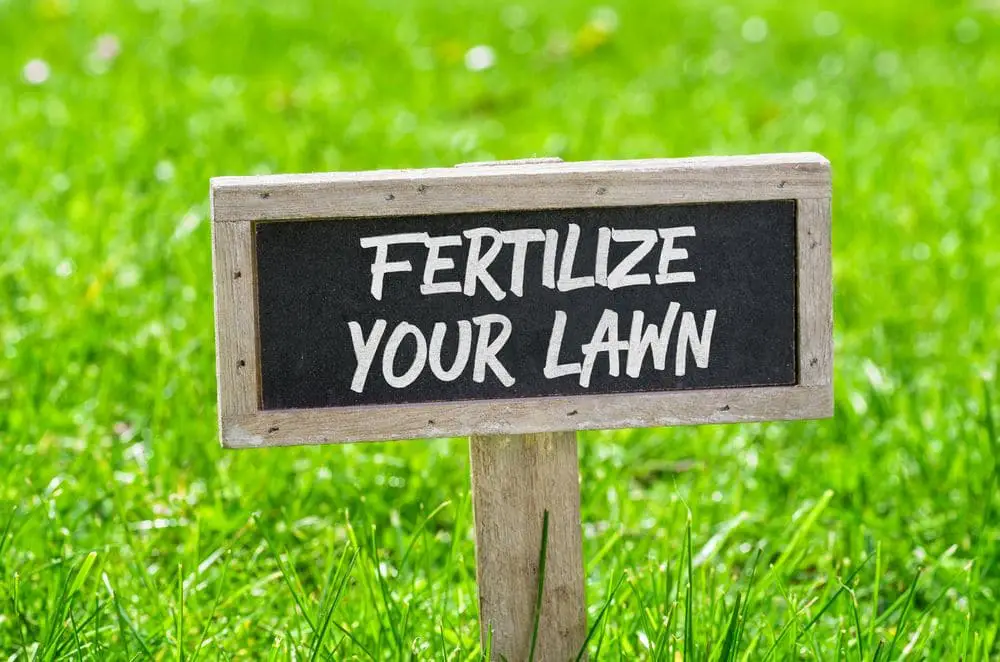
9. Lawn Establishment
When deciding on a brand-new lawn, the choice boils down to the speed of spreading and preference.
Seedlings establish Bermuda grass lawn. If you are in no hurry for your grass to grow, seeding is cheaper than sod.
St Augustine cannot be started through seeding. Plugs or sod is your best option. It may take some time for your lawn to be established, but it will be worth the wait.
10. Growth Habits
Bermuda grass grows and spreads through seeds, rhizomes, and stolons. Rhizomes run horizontally underground. They grow new roots under the soil and push stems upward.
Bermuda grass has aggressive growth but requires more edging or mowing because it will crawl through your roads, driveways, garden curbing, or sidewalks.
St Augustine grass spreads in stolons (above-the-ground runners) and easily develops into a thick and dense turf. A stolen enables the stem of the grass to grow above the ground and crawl along the surface of the soil. It then clones the original plant on its tip.
Grass that spreads through stolons is better at strangling out weeds.
11. Mowing Heights
Appropriate mowing helps dictate how frequently you will need to mow your lawn.
Bermuda grass requires lesser maintenance because it will not go wild quickly even when neglected. The more frequently Bermuda grass is mowed, the thicker it grows.
It, therefore, needs to be trimmed regularly, or it may grow outside your lawn area. Bermuda grass is usually kept at the height of 0.5 – 1.5 inches
St Augustine grass needs more regular trimming and mowing. This type of grass requires more complex maintenance than Bermuda grass.
Augustines are quite expensive to maintain because they need frequent watering, fertilization, trimming, and mowing. It is usually kept at 2-4 inches tall.
12. Tolerance to Traffic
Bermuda grass is highly tolerant of stress and foot traffic. It will still look good even after high foot traffic.
St Augustine grass is not very resistant to foot traffic. It can be damaged when walked on often.
13. Wear Tolerance
Bermuda grasses have more wear tolerance than St Augustine. This type of grass has a faster rate of injury recovery, too. This is the reason Bermuda grass is the best option for golf courses and sports fields.
14. Main Diseases
Bermuda grass and St Augustine Grass are prone to some turfgrass diseases.
Bermuda Grass is susceptible to spring dead spots, dollar spots, pythium, brown patches, and leaf spots.
St Augustine Grass is prone to SAD, brown patch, pythium. Grey leaf spot and other turfgrass diseases. Brown patches and grey leaf spots are two of the most severe conditions that can hit turf grasses.
15. Main Pests
A wide variety of pests and insects can plague Bermuda grass and St Augustine grass.
Bermuda grass can easily be invaded by billbugs, grass mites, fall armyworms. and sod webworms.
Some varieties of St Augustine are particularly prone to chinch bugs. Sod webworms, fall armyworms, and grub worms can damage Augustines.
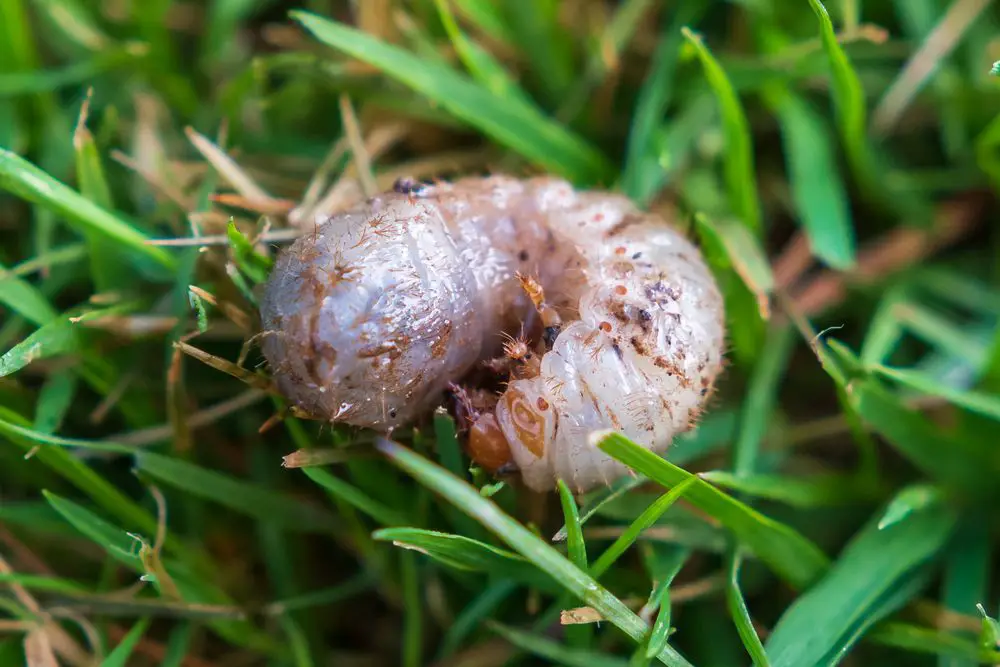
If you have a St Augustine lawn, heat-stress lawns can make it prone to pests.
Choosing Between Bermuda Grass and St Augustine Grass
Choosing the type of grass that is perfect for your lawn depends on your preferences, where you live, and your garden setup.
The following is a guide on the best way to choose between Bermuda or St Augustine grass.
Is There Shade On Your Lawn?
If your lawn is surrounded by buildings and trees that do not allow sunlight to hit your lawn most of the day, St Augustine Grass is your best option.
If your lawn receives direct sunlight the whole day, pick Bermuda Grass because it grows and thrives with full sunlight.
What Is The Climate In Your Area?
Bermuda grass and St Augustine grass are warm-season grasses. They grow and thrive in warm areas.
You can choose to have either Bermuda or St Augustine grass on your lawn, depending on your preference. You can also plant a mix of sod and seeds on your property. Remember, though, that frequently mowing your lawn will cause the Bermuda grass to outgrow your St Augustine grass.
How Much Traffic Foot Traffic Will There Be On Your Lawn?
Some grass species can handle high foot traffic while others cannot. Bermuda grass can withstand high foot traffic while St Augustine is not too good at handling foot traffic.
For easy reference, these are the conditions where Bermuda Grass can be your best option:
• Your area is in Zone 7
• Your lawn can receive full sun
• Your area experiences frequent droughts
• Your lawn is expected to get high foot traffic.
These are the conditions when you can choose to opt for St Augustine Grass:
• Your area is in Zones 8, 9, or 10
• Your lawn has mostly shaded areas
• You live in a coastal area
It’s now easy to understand the differences between Bermuda and St Augustine grass.
Final Thoughts on Bermuda vs St Augustine Grass: 15 Main Differences
St Augustine can be more challenging than Bermuda grass in certain areas, but Bermuda grass also has more robust qualities in some areas. Both Bermuda and St Augustine cultivars perform in their own ways because they were bred with different goals.
Given the right conditions, Bermuda grass can perform better than St Augustine grass. The reverse is also possible depending on your type of soil, climate, and how well you care for either your Bermuda or St Augustine grass.
You will be delighted to see the fruits of your hard work – a lush green lawn. Choosing the right type of grass is not rocket science, especially if you understand its qualities and characteristics.
Read More:
12 Tips to Get Rid of Grub Worms on your Lawn

